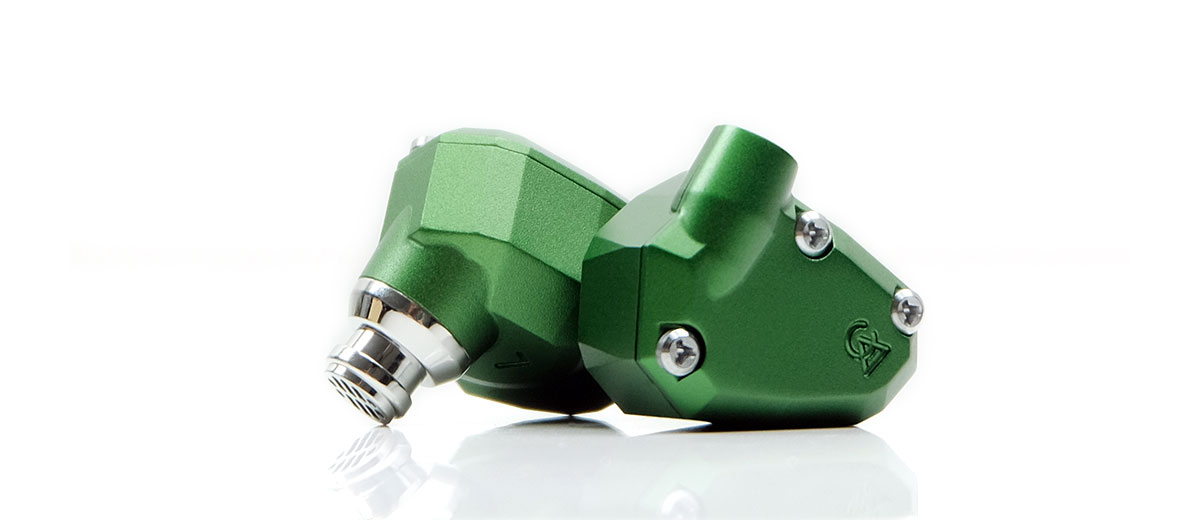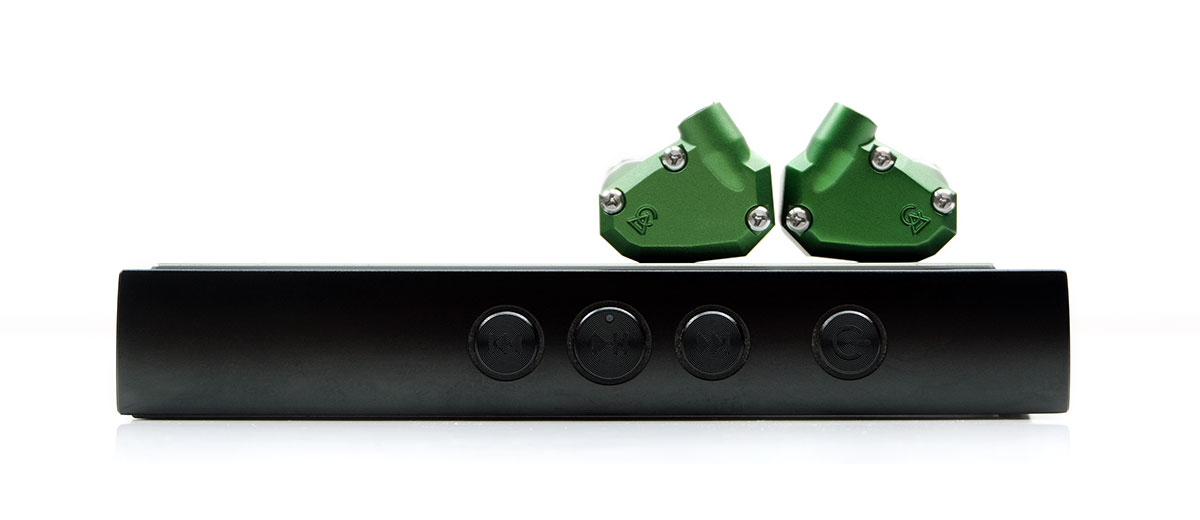Sound Impressions
Summary
The Andromeda 2020 takes everything good from the original version and doubles down on it. Whilst at the same time tweaking some of the more controversial areas that caused a lot of preferential debate.
It is still a fairly ‘musical’ tuning but the BA low-end seems tighter and more defined now with better layering. It also has a stronger and more refined vocal presence and a treble tuning that is slightly more relaxed than the original.
Overall, the new internal chamber design with better midrange tuning delivers a smoother and more refined signature to the Andromeda 2020.
Let’s talk about that midrange driver because I think its technical capability is excellent. The tuning helps deliver a perceptibly more vibrant and coherent midrange on the 2020 version with less of a drop of an upper mid dip and stronger vocal performances.
The additional smoothness is also helped by a treble dual-driver tuning that, for me, is hugely different from the original.
The older signature had a stronger mid-to-upper treble peak in comparison to the lower treble. You got an almost ethereal-like tone with plenty of sparkle but also a little less body from a lower treble suck-out.
The new tuning also follows the principle of evenness from the Ara but on a slightly downward more relaxed path compared to the Ara’s upward curve.
You get a better lower-treble presence and a more relaxed upper-treble tuning. The headroom is still there but the sound is so much smoother and natural with less contrast and more body.
That seems to have given CA some confidence to tease out an improved vocal presence on the 2020 Edition without fearing the sibilant reaper. That 1-2k bump is a little higher up than before. Vocals now sound more forward and ‘big’ hence that vibrant signature I immediately heard when A/B’ing the old and new.
Timbre
Campfire Audio has toned down the levels of bass/treble contrast on the Andromeda to produce a slightly smoother tone to instruments and vocal timbre compared to the original.
The 2016 Andromeda has some nice low-end warmth but a slightly uneven upper-mids and lower treble dip combined with a stronger upper treble peak. This often ended up delivering a mix of ethereal and warmth.
Sometimes it could sound sibilant or smooth depending on what was playing or the type of recording. You could call it excitable or slightly uneven depending on your preference.
This time there are fewer bumps and valleys to navigate from the mids upwards which in particular benefits female vocals which sound broader and more rounded.
With the dropping of the upper treble peak and better upper mids presence, everything from percussion downwards has a fuller tone with a better body but also a more liquid and wetter attack.
Overall, a slight bias to even-harmonics over odd with less sharp partial overtones delivering a more forgiving tone than the original tuning.
Staging
Staging has changed a bit on the new Andromeda also. It was never the deepest but on the new Andromeda 2020, the bass weight has tightened up over the original creating more awareness of low-end notes both in terms of definition and layering.
Mids are more tangible and further forward in the presentation compared to the older tuning. Vocals come out a bit better with more spacing and air to breathe. Female vocals no longer fade a little with less of a lower-treble drop and sound more consistent in their positioning.
Instrumental separation is excellent on the Andromeda 2020 with an above-average sense of width and no lack of air either. Height is perhaps a little less than the original, at least perceivably so given the lack of forwardness on the upper treble.
You do get a more strident forward treble sound on the older version that can create that ethereal tone right at the top end but surprisingly I find the headroom on the new 2020 version to be more natural sounding albeit with less ‘sparkle’.
Synergy
Efficiency
Down through the years, the original Andromeda has become a reviewer’s reference tool when it comes to efficiency testing, especially for hiss.
The Andromeda 2020 does not deviate from that well-worn hiss-detecting path. It is not quite as sensitive as the Solaris (SE & 2020) not anywhere close to the king, Empire Ear’s Zeus, but it’s still a master at seeking out high-noise floors.
The good news is that DAPs are getting better about noise performance so modern DAPs such as FiiO’s M15 and the HiBy R8’s unbalanced outputs are quite well-behaved. Not completely black mind you but nothing like you used to get in previous generations.
Their balanced outputs, however, are really a ‘no go’ with too much hiss to be listenable, not that you should need to go balanced with the Andromeda in the first place.
This is the same for Cayin’s E02 4.4mm output from their N6ii player. I would suggest the single-ended E01 for a lower noise floor with the Andromeda 2020.
Balanced Performers
That is not always the case for balanced output pairings. Cayin’s tubed single-ended output on the new N3Pro is noisier than the balanced solid-state output alternative though both have some noise with the Andromeda.
The N3Pro single-ended sounds perfectly fine though once the music starts rolling, it is only quiet passages that take a hit.
The iBasso DX220 MAX and the Lotoo PAW 6000 are deathly silent as is the 2.5mm TRRS from Colorfly’s U8, two of the best performers for noise with the Andromeda 2020.
I must point out though that channel balancing on the DX220 MAX is not great at very low levels but not surprising given its pure analog design.
Luxury & Precision P6’s balanced output was also surprisingly quiet. However, the gain was way too aggressive from the first step to be useful, a common theme among most DAPs with stronger balanced output power.
Pairing
In terms of tuning synergy, the Andromeda 2020 is very easy to match with a wide variety of DAPs or portable sources. It has a likable and flexible signature that only the brightest of DAPs would struggle with.
The quest is really about dynamic range and resolving capability combined with a low noise floor as the Andromeda 2020 does a really good job of letting the source’s capability shine through.
For example, the Cayin N3Pro ultra-linear tube output sounds very sweet and pure but at the same time sounds quite closed in and lacking in dynamic range with the Andromeda 2020 compared to the likes of the DX220 MAX or the HiBy R8.
It is not just a price thing, the iBasso DX160 is also a very quiet pairing with excellent dynamic range and channel separation.
There are some nuanced timbral differences depending on the source. The HiBy R8 is a shade softer on the top end compared to FiiO’s M15. The M15 will tease out a bit more of a treble response from the Andromeda with a very clean midrange and slightly less bass bloom compared to the R8.
The DX220 MAX has a more vivid vocal performance compared to those two DAPs whereas the LP P6’s denser presentation outguns them all with incredible texture and detail when paired with the Andromeda 2020.


